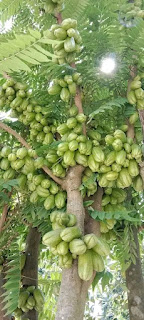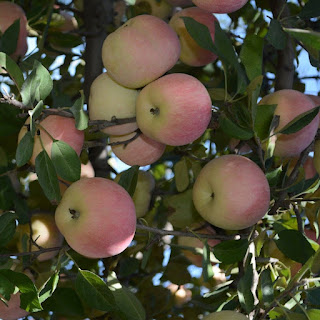Black Poplar ( Popular)
 |
| Popular |
- Popular
- Poplar
- Lambardy
- Pyramidal poplar
Botanical Name
Populus nigra
Name Story
Black poplar
Although this plant is widely distributed in Europe, it has already become an endangered species. Its most prominent feature is its black tree bark and it is covered with wrinkled ditches. It is because of this feature, it is called black poplar.
Characteristics:
Plant Type: Tree
Lifespan: Perennial
Bloom Time: Spring
Plant Height: 66 to 131 feet
Spread: 10 to 12 feet
Flower Size: Male inflorescence 2 inch to 2.5 inches long
Habitat: Moist ground in woods and by streams
Flower Color: Green, Red, Yellow
Leaf Color: Green
Fruit Color: White
Stem Color: Green, Yellow, Brown
Scientific classification
Genus
Populus - Populus
Family
Salicaceae - Willow
Order
Malpighiales - Nances, spurges, willows and allies
Class
Magnoliopsida - Dicotyledons, Dicots, Eudicots
Phylum
Tracheophyta - Vascular plants, Seed plants, Ferns, Tracheophytes
Conditions Requirement
Difficulty Rating
Black poplar is not difficult to take care of. With proper care, your Black poplar will grow well under certain environments.
Sunlight
Full sun, Partial sun
Hardiness
-20 ℉
Hardiness Zones
4 to 10
Soil
Clay, loam, sand; well drained; slightly acidic, neutral, slightly alkaline
Information
Black poplar (Populus nigra) is a medium- to large-sized deciduous tree which can be naturally found in many alluvial European forests. It is a fast-growing tree, with a wide crown which is a common nesting place for different species of birds. Due to the degradation of its natural habitat, black poplar has become an endangered species in certain areas.
Interesting Facts
The seeds of black poplar produce a fluffy, cotton-like structure, which has been used as a filling for pillows or insulation material. Due to these characteristics, Populus nigra, so as other Populus species, are often referred to as 'cottonwood' in North America.
Attract Birds
Black poplar have large canopies that provide a habitat for all types of wildlife. Their large leaves and plentiful branches allow various birds to set up nests, and cavity-nesting birds will use them as well. Numerous birds feed on these trees' seeds, buds, and sap, as well as on insects living in them.
Many birds are drawn to various species of black poplar, including orioles, woodpeckers, grosbeaks, finches, and yellow-bellied sapsuckers.,
Care Guide
Water:
Black poplar trees do very well when they receive a good water supply. You have to water a newly-planted tree consistently for weeks until the root system becomes established. The soil should drain well and not leave the roots sitting in water.
Fertilization:
Fertilization once every 2-3 months during the growing season.
Pruning:
Trim the dead, diseased, overgrown branches in winter.
Planting Time:
Spring, autumn
Harvest Time:
Early summer
Propagation:
Sowing, Cutting, Layering
Pests and Disease:
Poplar bacterial canker, tree rusts, plus honey fungus, silver leaf; leaf beetles, sawflies, caterpillars
Garden Use
Black poplar is quite rare, particularly when it comes to the garden. The tree is very susceptible to disease and weather damage, making it rather unappealing, difficult to care for, and a litterer, infamous for covering lawns with debris. The black poplar can be used as protection from the wind, however, and provides some shade. It also has some ornamental appeal when planted in rows, though it doesn't generally do well with other plants.
Tips from Garden Coaches
Black poplar can be planted in garden and its leaves can bring vivid colors especially in fall. It can establish easily in a variety of soils and temperatures, not hard to maintain.



Comments
Post a Comment